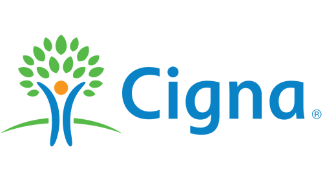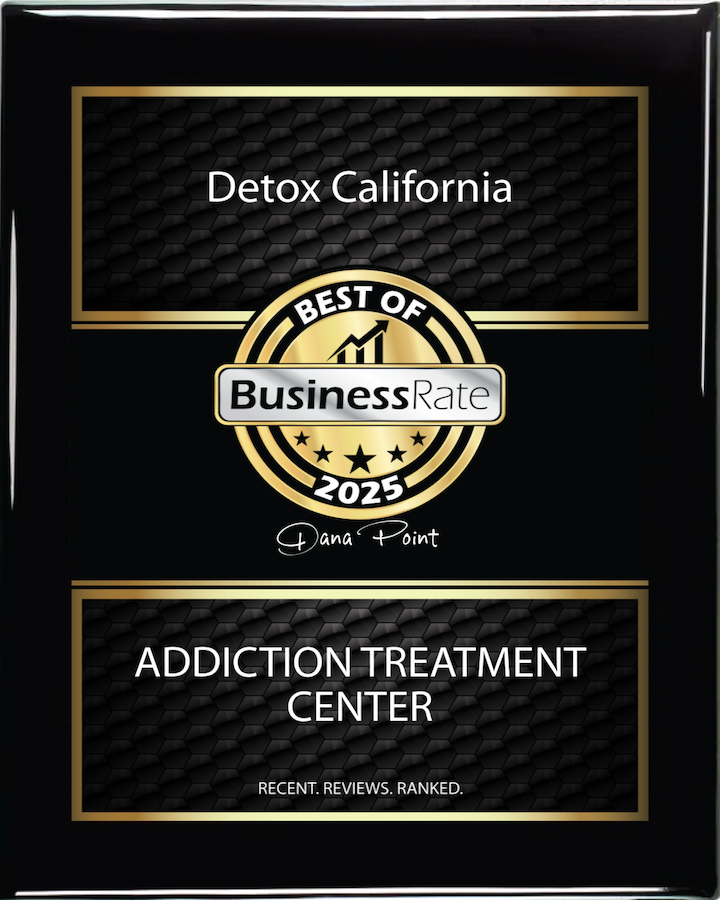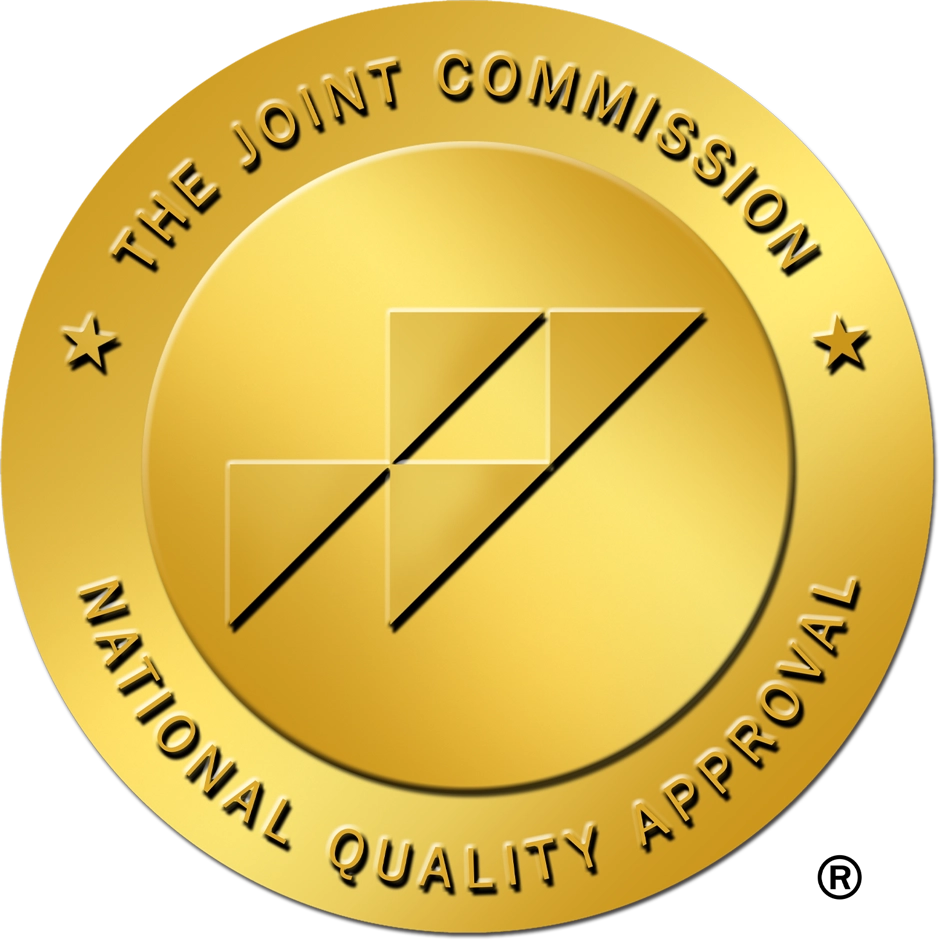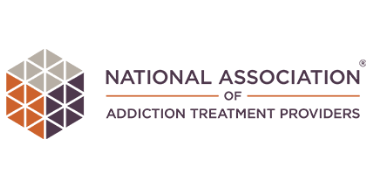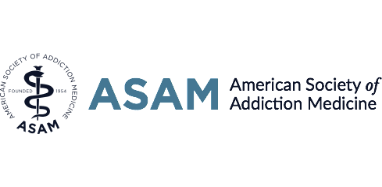Fentanyl is an extremely potent synthetic opioid, primarily used in medical settings to manage severe pain, such as that experienced during surgery or for advanced cancer patients. However, the rise in illicit fentanyl production has turned this life-saving drug into a leading cause of overdose deaths in the United States. According to the Drug Enforcement Administration (DEA), as little as 2 milligrams of fentanyl—a quantity small enough to fit on the tip of a pencil—can be a lethal dose for most people. This extreme potency makes it particularly dangerous when mixed with other substances, such as methamphetamine or counterfeit pills designed to mimic prescription medications like Xanax or OxyContin.
Illicit fentanyl, often laced into street drugs or disguised as legitimate prescription medications, poses a significant risk due to its unpredictability. Users frequently ingest a potentially lethal dose of fentanyl without even knowing it. The Centers for Disease Control and Prevention (CDC) and the National Institute on Drug Abuse warn that the ongoing opioid crisis is fueled largely by these fentanyl-laced substances, leading to a sharp increase in drug overdose deaths. Understanding the dangers of this drug is crucial for both individuals and their loved ones, especially when seeking effective treatment options to combat substance abuse and the devastating effects of opioid overdoses.
What is Fentanyl Exactly?
Fentanyl is a powerful synthetic opioid that was originally developed to treat severe and chronic pain, often in cases of surgery, advanced cancer, or serious injuries. As one of the most potent opioids available, fentanyl is estimated to be 50 to 100 times stronger than morphine and about 50 times stronger than heroin. Its ability to bind tightly to opioid receptors in the brain makes it highly effective for pain relief, but also extremely dangerous if misused.
While fentanyl is legally available through prescription medications like patches or lozenges, much of the fentanyl linked to the opioid crisis comes from illicit production. This illicit fentanyl is often mixed with other street drugs like heroin, methamphetamine, or even pressed into counterfeit pills that look like legitimate prescription opioids such as oxycodone or Xanax. These counterfeit drugs often contain a potentially lethal dose of fentanyl, putting users at high risk for accidental overdoses. Understanding what fentanyl is and its role in the opioid epidemic is essential to raising awareness about the dangers of this drug and the importance of prevention and treatment.
Signs of a Fentanyl Overdose
A fentanyl overdose can happen quickly, often before the individual realizes they’ve ingested a dangerous amount of the drug. Because fentanyl is so potent, even a small miscalculation can lead to life-threatening consequences. Recognizing the symptoms of an overdose is critical for timely intervention, especially as the availability of illicit, fentanyl-laced substances continues to rise. Symptoms often result from the drug’s effects on the central nervous system and its suppression of vital functions like breathing.
Common signs of a fentanyl overdose include:
- Extreme drowsiness or inability to stay awake
- Slow or shallow breathing
- Cold, clammy skin
- Pinpoint pupils
- Unresponsiveness or unconsciousness
- Blue or gray skin, lips, or nails (indicating lack of oxygen)
- Slowed or stopped heartbeat
If you suspect someone is experiencing a fentanyl overdose, immediate action is crucial. Administering naloxone (Narcan), a life-saving medication that can reverse the effects of an opioid overdose, may restore breathing and save a life. However, naloxone’s effectiveness depends on timely administration, so contacting emergency services and seeking professional medical help is essential. Recognizing these warning signs can make the difference between life and death in a fentanyl overdose situation.
How to Help Someone Overdosing on Fentanyl
If someone is experiencing a fentanyl overdose, acting quickly can save their life. The drug’s potency can cause severe respiratory depression, leading to unconsciousness or death in minutes. Recognizing the symptoms and taking immediate steps is critical. While overdoses can be frightening, knowing what to do and how to intervene effectively can prevent a tragedy.
Steps to help someone overdosing on fentanyl:
- Call 911 Immediately: Explain to the operator that the individual is experiencing a suspected opioid overdose. Emergency responders can provide advanced medical care and transportation to a hospital.
- Administer Naloxone (Narcan): This opioid-reversing medication can temporarily restore breathing. It’s available as a nasal spray or injectable and is often carried by first responders or those trained in overdose prevention.
- Perform Rescue Breathing or CPR: If the person is not breathing or has a weak pulse, perform rescue breathing or CPR until help arrives. This can maintain oxygen flow to the brain and other vital organs.
- Place the Person in the Recovery Position: If the individual is unconscious but breathing, turn them onto their side with one knee bent and head tilted slightly back to prevent choking.
- Check for Responsiveness: Try to wake the person by shouting their name or applying a painful stimulus (e.g., rubbing the sternum). This can help determine their level of consciousness.
- Stay with the Person: Do not leave them alone, as their condition can worsen rapidly. Provide comfort and monitor their breathing while waiting for emergency responders.
Taking immediate action during a fentanyl overdose can mean the difference between life and death. Having naloxone readily available and understanding how to use it is essential for individuals in communities affected by the opioid crisis. Even after naloxone is administered, professional medical care is necessary to stabilize the individual and address the underlying substance use disorder. Quick, decisive action saves lives.
How to Spot Fentanyl
Spotting fentanyl can be extremely challenging, especially when it is mixed with other substances or disguised as legitimate medications. Illicit fentanyl is often pressed into counterfeit pills that look like prescription drugs such as Xanax, OxyContin, or Percocet, making it almost indistinguishable to the untrained eye. These pills are widely circulated on the black market and through social media, contributing to the increase in overdose deaths. Similarly, fentanyl is frequently found in street drugs like heroin, methamphetamine, or cocaine, further heightening the risks for users who may be unaware of its presence.
One way to detect fentanyl in substances is by using fentanyl test strips, which can indicate whether the drug is present. These strips are a harm reduction tool and are becoming more widely available to help individuals avoid unknowingly ingesting potentially lethal doses of fentanyl. However, the safest option is to avoid using substances that may be laced with fentanyl entirely. Education about the dangers of fentanyl-laced drugs and access to reliable treatment options for substance abuse are critical steps in addressing the ongoing opioid crisis.
Find Help for Fentanyl Addiction
Overcoming fentanyl addiction is challenging, but it’s possible with the right support and resources. The extreme potency of fentanyl makes it one of the most dangerous opioids, and dependence on it can quickly spiral into life-threatening situations. Professional help is essential for addressing both the physical and psychological effects of substance use disorder, including the withdrawal symptoms that can accompany fentanyl detoxification. A structured treatment program can provide the tools and guidance needed for long-term recovery.
At Detox California, we specialize in helping individuals break free from the grip of fentanyl and other substances in a safe, supportive environment. Our luxury treatment center in Dana Point, California, offers personalized detox and residential programs tailored to your unique needs. Whether you or a loved one are seeking to escape a negative environment or recover in a tranquil setting along the Golden Coast, we’re here to help. Contact Detox California today to take the first step toward wellness and lasting recovery. Don’t wait—your path to healing starts now.



